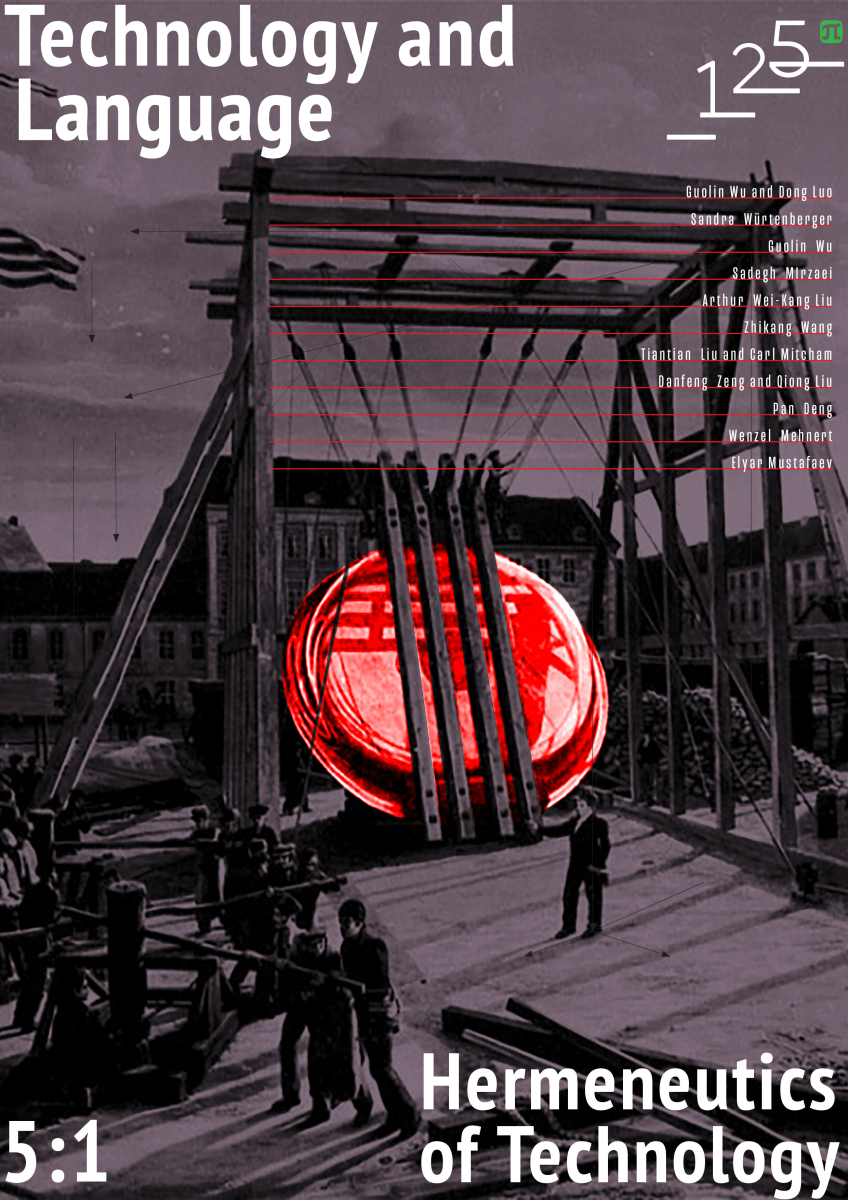Portrait Expertise
The digitalization of the urban environment, the introduction of digital technologies in almost all areas of the functioning of modern society forms a specific environment of digital reality. This includes the areas of transport and communications, banking, the energy system, housing and communal services, trade, health, education, and the active development of information and communication technologies, all of which characteristically involve personal identification. This identification often relies on various biometric technologies, which, in turn, increase the demand for law enforcement purposes of identification portrait expertise. In the article, the author briefly describes the history of improving the tools and methods of portrait examination. This leads into a discussion of the theory and practice of the development of identification portrait examination in the context of the global trend of integrating facial recognition technologies into the security systems of residential and commercial facilities, urban infrastructure, and the banking sector. By taking into account the urgency of the problem, this serves the objective to evaluate the practice of using portrait expertise in criminal proceedings and to identify the directions of its further development. Promising directions for the development of identification portrait expertise are formulated for the purposes of criminal proceedings especially regarding the formation and functioning of a specific digital reality environment. For the effective use of the portrait examination capabilities that are provided by modern information technologies, it is necessary to develop common global standards for personal identification parameters, and to actively accumulate identification information in databases.



